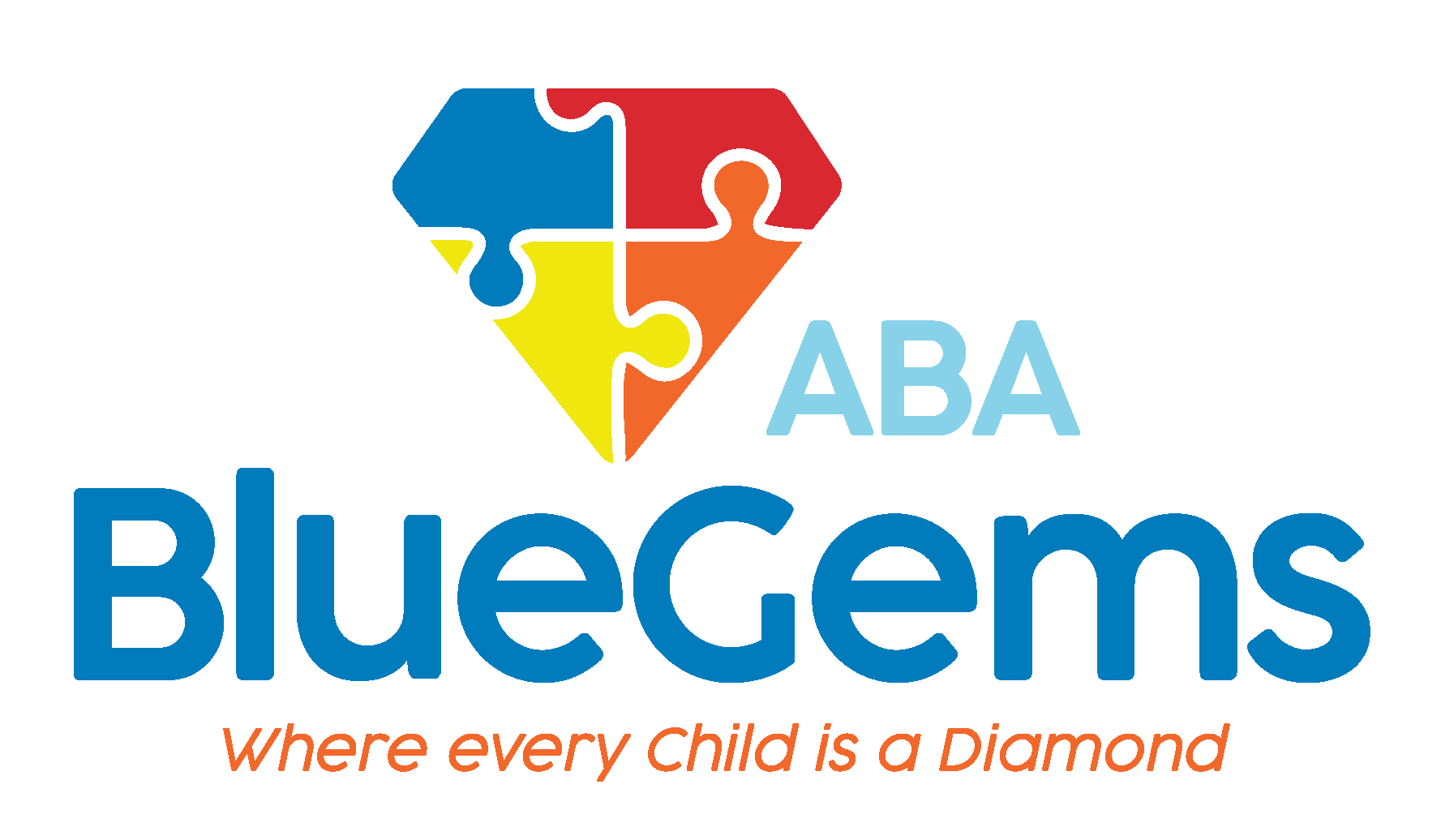Understanding Your Child’s Needs: A Parent’s Guide to ABA Therapy Success
Applied behavior analysis is considered the gold standard for treating children with autism spectrum disorder (ASD). It is a science- and evidence-based approach to learning and behavior that helps children with autism build the social, communication and daily life skills with which they typically struggle.
It’s natural for parents whose child was recently diagnosed with autism, or those who are being exposed to ABA therapy for the first time, to feel overwhelmed or confused about what the treatment plan is, how it works and why it’s successful.
Helping parents to understand what ABA therapy is, why it works and what strategies are successful for their child is essential for their child’s long-term growth and advancement. This is because direct parental involvement is a crucial component of ABA therapy.
Since parents are the ones who will be around their child most often, it’s vital for therapists to help teach parents the basics of ABA therapy and equip them with tools and strategies they can use at home.
Below is a parent’s guide to ABA therapy success, which will help parents better understand their child’s needs.
Learn more about parent involvement in ABA Therapy.
Table Of Contents
What is ABA Therapy?
ABA therapy is a leading treatment plan for children on the autism spectrum. It is based on some key principles that guide everything that is done in sessions.
The ultimate goal of ABA therapy is to help support children with autism to build social, communication and daily life skills. This is done through first identifying and understanding each child’s individual behaviors and root causes of those behaviors, and then developing strategies to help them replace negative and/or harmful behaviors with more positive and helpful ones.
ABA therapy takes a very structured approach to doing this, and there are many specialized strategies that therapists use along the way.
Parents should know that ABA therapy is very flexible and customizable. While there are general strategies that therapists will follow, each child will receive a personalized treatment plan that is based on their unique strengths and challenges.
How are Children Incentivized to Learn?
Motivation is a big part of why children do what they do and act how they act — regardless of whether they have autism or not. But, what motivates one child to act may not motivate another child.
That’s why it’s important that ABA therapists are able to identify and understand each child’s individual motivations as they’re crafting ABA therapy treatment plans for them.
Once these motivations have been identified, the therapist will integrate them into a rewards system. Positive reinforcement is a cornerstone of all ABA therapy, and is used to help teach children with autism new skills and help them modify their behaviors.
As therapists are working with children, they will reward them when they successfully exhibit a desired behavior. For instance, if the therapist is teaching the child how to brush their teeth, they may be rewarded when they successfully complete the individual steps needed to brush their teeth.
This reward can be extra praise or extra time with a toy they love. These rewards and overall positive reinforcement play a big role in how ABA therapy treatment plans are carried out — and how parents can motivate their children at home.
What Role Do Parents Play in ABA Therapy?
As mentioned before, parents play an integral role in the success of ABA therapy because they are the ones who spend the most time with their children. As such, they need to be equipped with the proper resources, tools and knowledge to know how to best support their children.
ABA therapists will educate parents on the basics of ABA therapy as well as the specific interventions that work for their children. This can be done during sessions as parents attend therapy sessions or set up separate meeting times to discuss the progress of the treatment plan.
As parents reinforce the skills that children learn during sessions at home, they can then provide therapists with feedback based on what works and what doesn’t. Therapists can then make adjustments to the treatment plan if need be, based on this valuable feedback.
Blue Gems ABA Guides Parents Through the Therapy Process
ABA therapy is an extremely flexible and customizable treatment plan, which is one of the main reasons why it’s considered the leading way to support children with autism. Having parents understand what ABA therapy is, how it works for their child and how they can use it to support their child at home are all crucial aspects of its success.
At Blue Gems ABA, our team of dedicated BCBAs work hard to integrate parents into their child’s ABA therapy treatment plan. We guide them through the process and help equip them with the tools, knowledge and strategies they need to help their children build skills at home.
To learn more, please contact us today.




